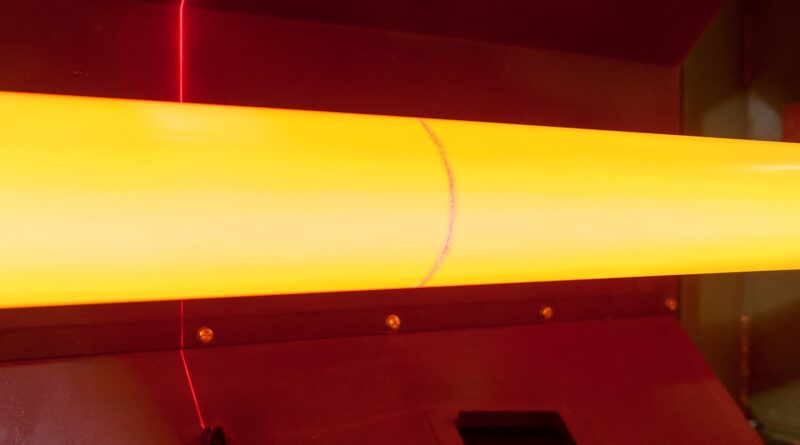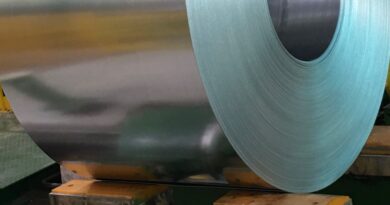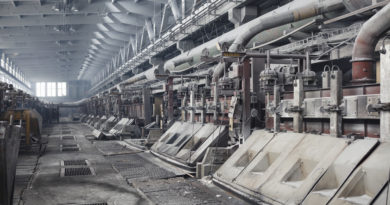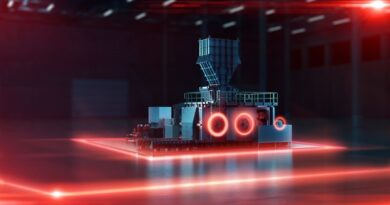Advantages and uses of Modular Induction Heating
What are the advantages that modular induction heating technology provides for different heating applications compared to conventional induction heating systems?
Heat Treating
The ability to connect multiple outputs with different frequency ranges is often used in the heat-treating industry, where one high-frequency output can provide the necessary case depth for hardening and a second or third output, equipped to operate at a lower frequency, can provide the tempering or annealing stage of the heat-treating process. Having different frequency outputs can be also used to achieve a wide range of hardening case depths without compromising productivity.
Zone Heating
Many applications require zone heating capabilities, with each zone being controlled independently and maintaining a certain temperature profile. Utilizing modular induction heating makes such a task easily achievable in this case.
Zone heating is widely used in semiconductor and MOCVD (metal organic chemical vapor deposition) industries, where different heating zones with tightly controlled temperatures within the reactors are critical for the crystal-growing or deposition processes.
Zone heating can also be used in heat-treating or curing induction furnaces, where the heating coils can be broken down in separate sections (coils) and each coil can then be supplied by a separate power output. This way, each zone can have its own temperature profile or heating parameters.
For example, a heat-treating induction furnace can be segmented to have a preheating coil, an extra coil that heats the parts to hardening temperature and then a section where a coil will heat to lower temperature to temper the parts.
Another application for separate zone heating is steel billet-heating induction furnaces. Energy efficiency in those furnaces can be significantly increased by having two separate outputs (zones): a preheating zone, where the induction system is tuned to heat the steel to Curie point so that it loses its magnetic properties; and a heating zone, where the induction system and coil are tuned for post-Curie temperatures and where the behavior of the non-magnetic load changes significantly.
Multipoint Heating Some induction heating installations require multipoint heating or multiple coils operating in a confined space.
An example of such an installation is an induction brazing station where multiple coils may be needed to braze different types and sizes of joints. In this case, a modular induction heating system would be a good fit because it provides multiple outputs tuned to different coils and frequencies. The coils can be mounted on robotic arms, manually operated or a combination of both.
Using modular induction systems in a multipoint heating installation provides extra flexibility and the ability to quickly reconfigure the outputs and add capacity to an output. It also allows the user to configure additional outputs without significant investment, extensive lead times or production-line changes.




